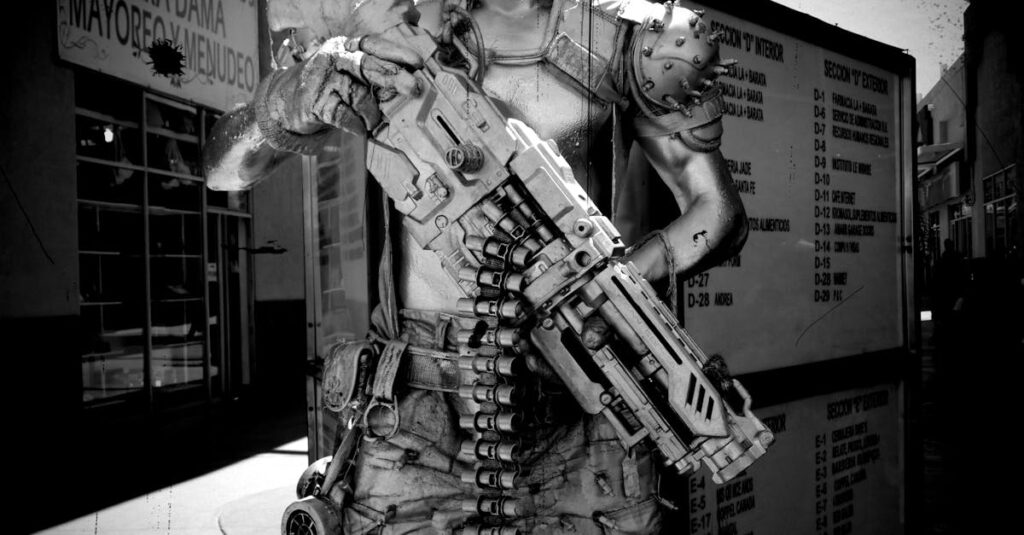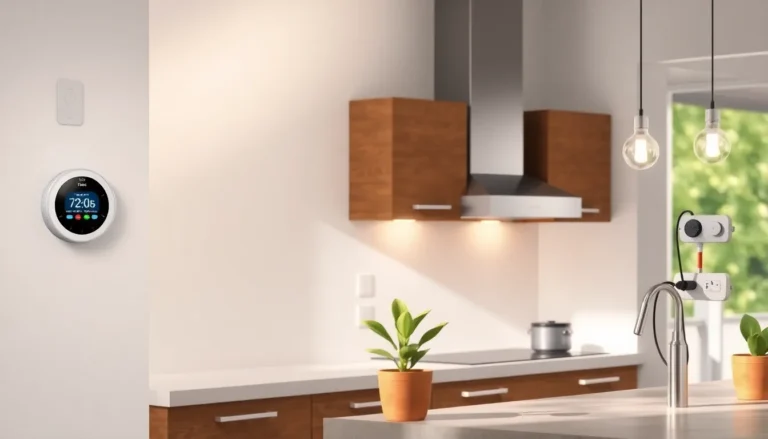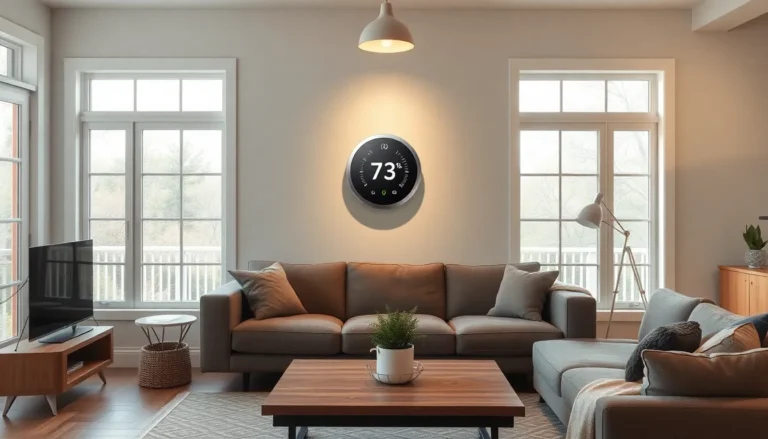Table of Contents
ToggleCreating memorable characters isn’t just an art; it’s a science. Whether it’s for a video game, animated film, or comic book, the right character design can make or break a project. Imagine a hero with the charm of a golden retriever but the fashion sense of a potato. Not exactly a winning combination, right? That’s where solid character design concepts come into play.
From quirky quirks to striking silhouettes, character design is all about balance. It’s about crafting personalities that leap off the page and into the hearts of audiences. So, let’s dive into the colorful world of character design concepts and discover how to turn those wild ideas into captivating characters that leave a lasting impression. After all, who wouldn’t want to create the next iconic character that everyone talks about?
Understanding Character Design Concepts
Character design plays a vital role in engaging audiences across various creative mediums, including video games, animated films, and comic books. An effective character not only captivates viewers but also communicates personality and story.
The Importance of Character Design
Successful character design fosters emotional connections between characters and audiences. By creating unique visual identities, designers convey traits and backgrounds that resonate with viewers. Audiences connect with characters who evoke empathy and understanding, leading to memorable experiences. Engaging character design also enhances storytelling by visually representing character arcs and relationships, ensuring a coherent narrative flow. Notably, strong character designs can also distinguish projects in a competitive landscape.
Key Elements of Character Design
Analyzing character design involves several key elements. Shape influences perception; round shapes suggest friendliness while angular shapes can imply aggression. Color choice affects mood; warm colors often evoke energy, while cool colors may convey calmness. Texture adds depth; a rugged texture may signal toughness, while smooth textures indicate elegance. Facial expressions communicate emotions clearly; they play a crucial role in depicting reactions. Ultimately, combining these elements creates compelling and memorable characters that audiences embrace.
Types of Character Design Concepts
Character design encompasses various styles and approaches that cater to different artistic visions and storytelling needs. Understanding these types aids in choosing the best method for character creation.
Realistic vs. Stylized Designs
Realistic designs focus on accuracy, often resembling real-life individuals. Attention to detail matters in proportions, textures, and expressions. These designs achieve a strong emotional connection with audiences through relatable features. Conversely, stylized designs embrace exaggeration and uniqueness. They employ distinct shapes, vibrant colors, and abstract traits. Such approaches convey character personality effectively, often leading to memorable visuals that stand out in creative media.
2D vs. 3D Character Designs
2D character designs utilize flat images, often seen in animation and comics. Artists rely on shapes, lines, and colors to create depth. Various techniques enhance the visual appeal, including shading and perspective. 3D character designs introduce three-dimensional modeling, bringing characters into a more lifelike realm. This method provides flexibility for movement and interaction within environments. Many video games leverage 3D designs for their immersive capabilities, allowing for dynamic engagements between characters and settings.
The Character Design Process
The character design process involves several key stages that transform ideas into captivating visual representations. Each stage serves as a building block, ensuring the final design resonates with audiences effectively.
Research and Inspiration
Research lays the foundation for character design. Designers analyze various sources to gather visual references, cultural influences, and character archetypes. Inspiration can stem from books, films, history, and nature. Observing existing characters enables designers to identify successful traits and patterns. Collecting elements that evoke specific emotions contributes to developing a unique identity. Utilizing mood boards can assist in visualizing concepts and establishing a cohesive direction. Constant exploration fuels creativity and guides the design process.
Sketching Initial Concepts
Sketching brings ideas to life in a tangible form. Designers create rough drawings to explore possible appearances and shapes. These initial sketches help visualize characters’ personalities and traits effectively. Experimenting with different poses and expressions allows designers to capture the character’s essence. As designers refine their ideas, they focus on varying proportions, styles, and silhouettes. Developing multiple concepts during this stage fosters creativity and opens up new possibilities. Presenting these sketches for feedback sets the stage for further development.
Iteration and Feedback
Iteration ensures the character design evolves through constructive criticism. Designers share their sketches with peers for insights on strengths and weaknesses. Receiving feedback from other designers, artists, and audiences can provide valuable perspectives. Evaluating suggestions helps identify areas for improvement, prompting necessary revisions. Refining the design based on feedback leads to stronger visual storytelling. Engaging in multiple iterations strengthens the character’s visual appeal and ensures the final design aligns with the project goals.
Tools and Techniques for Character Design
Various tools and techniques enhance character design, allowing artists to bring their visions to life. Both digital software and traditional methods play significant roles in the design process.
Digital Tools and Software
Digital software streamlines character design, offering versatile options for artists. Programs like Adobe Photoshop and Illustrator provide powerful features for creating detailed images. Illustrators can use Procreate for sketching on tablets, giving instant feedback through touch. Blender and ZBrush facilitate 3D modeling, enabling lifelike representation and animations. Many artists turn to software like Clip Studio Paint, which specializes in character design with unique brushes and tools. Online resources such as ArtStation offer community feedback and inspiration. Designers can explore countless tutorials that enhance skill sets and broaden design perspectives.
Traditional Methods and Practices
Traditional methods remain vital for character design, anchoring artistic expression in foundational skills. Sketching with pencils or inks provides tangible connections to ideas. Artists often utilize markers and watercolors to add color and depth in preliminary stages. Crafting models from clay helps visualize and refine three-dimensional features. Strong observational skills developed through life drawing contribute significantly to character realism. Collaborating with peers for critiques enhances artistic growth and inspires new directions. Studying anatomy and proportion equips artists to convey believable forms and proportions effectively. Each method enriches the design process, blending creativity with technical ability.
Character design is a vital element that shapes how audiences connect with stories across various mediums. By understanding the balance between artistic expression and technical skill, designers can create characters that leave a lasting impact. The process of transforming ideas into visual identities is both intricate and rewarding, allowing for endless creativity.
Utilizing the right tools and techniques enhances this journey, enabling designers to push boundaries and explore new possibilities. As they refine their craft through feedback and iteration, they contribute to the rich tapestry of storytelling, ensuring characters resonate deeply with audiences. Embracing these concepts empowers creators to bring their visions to life, ultimately enriching the world of character design.







